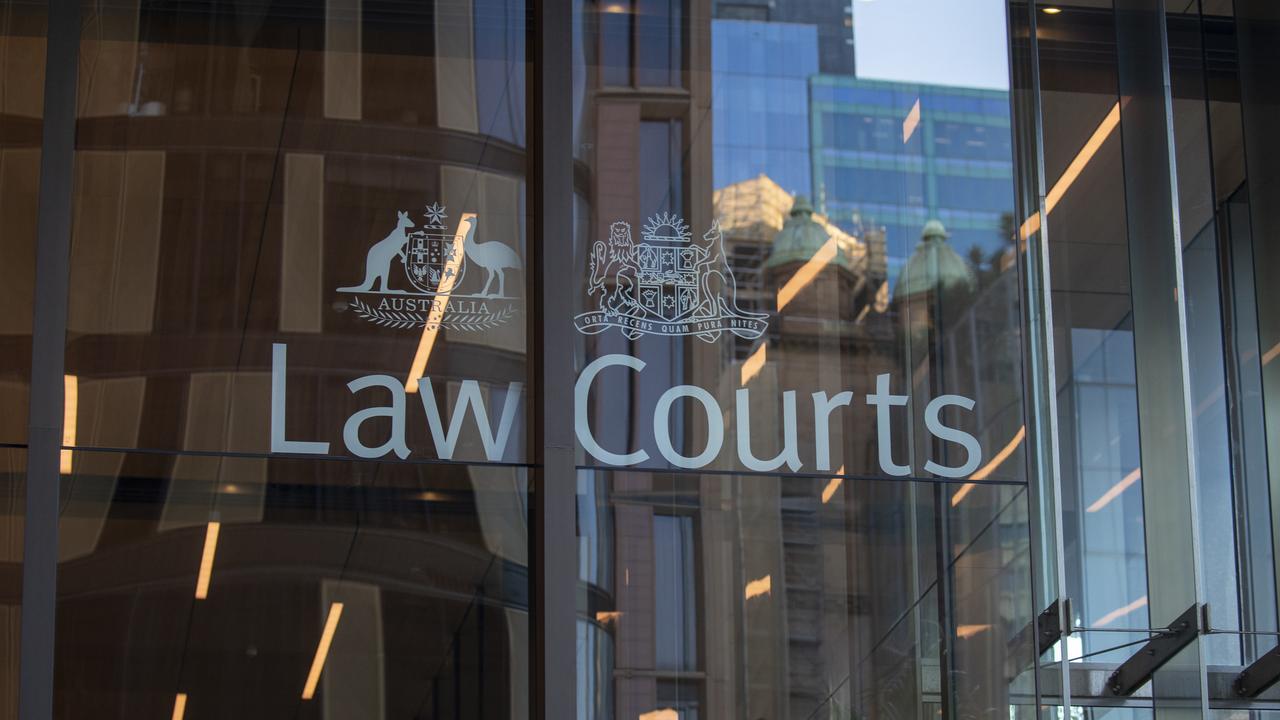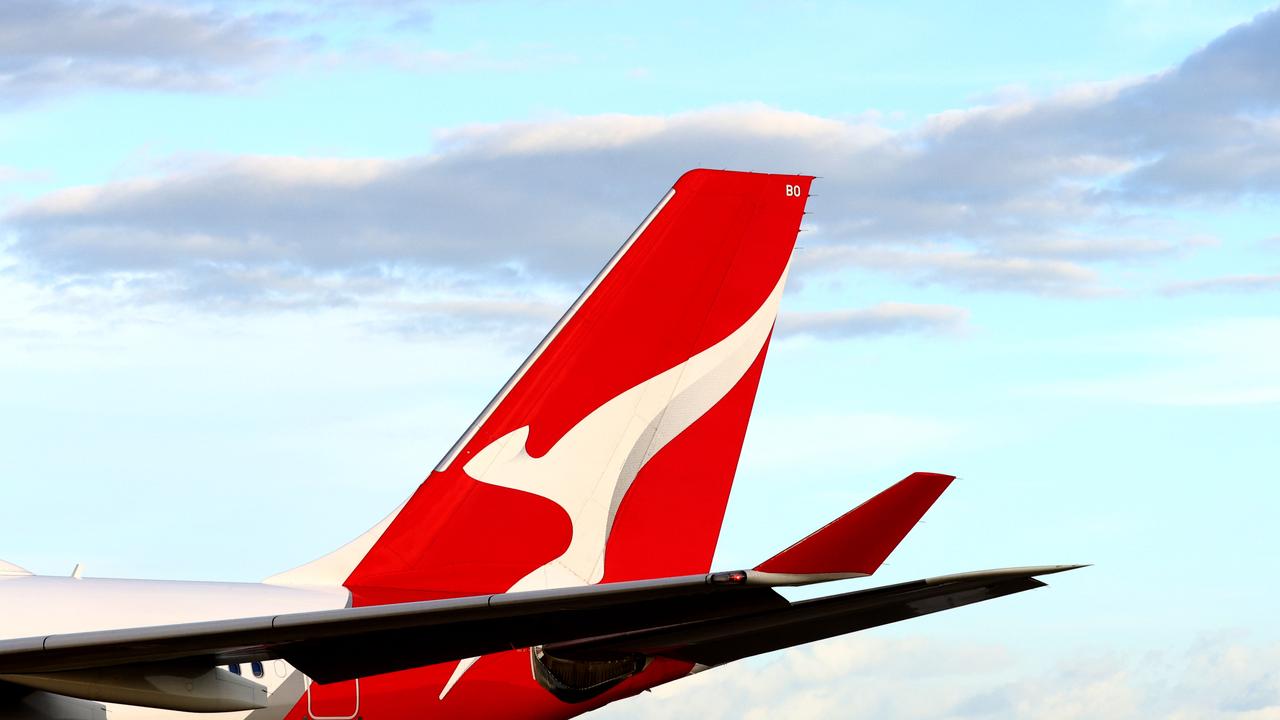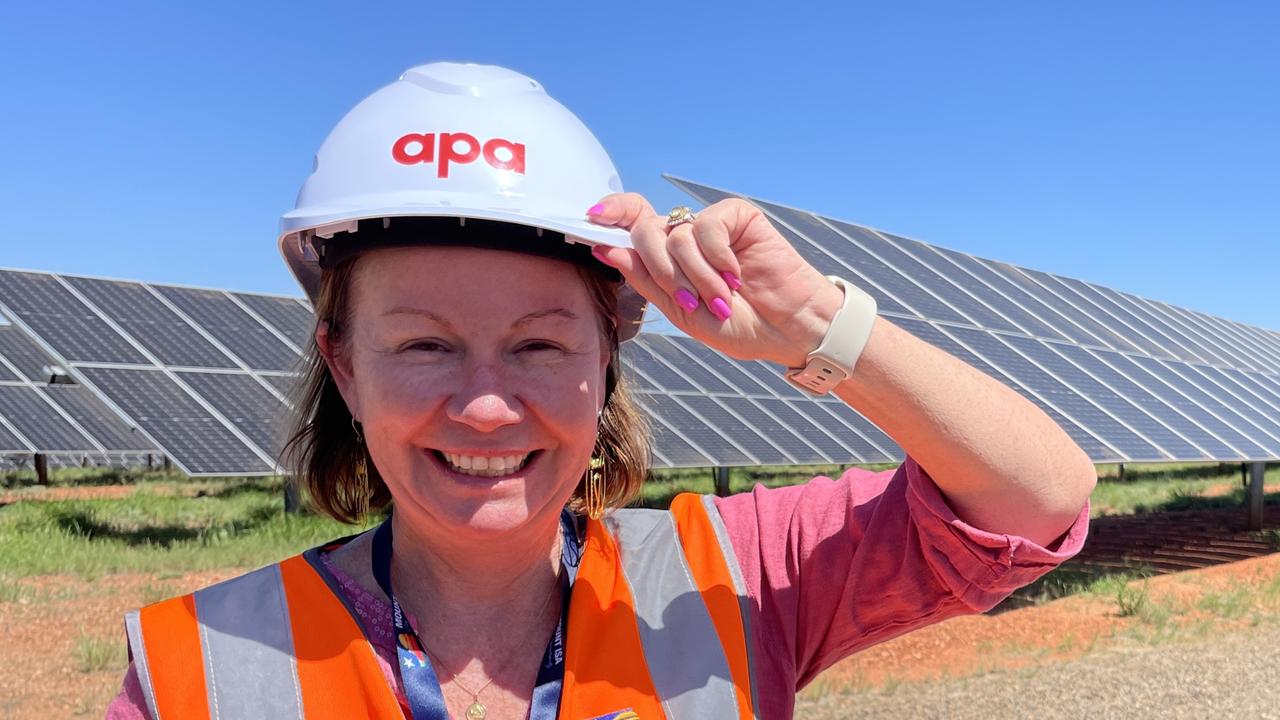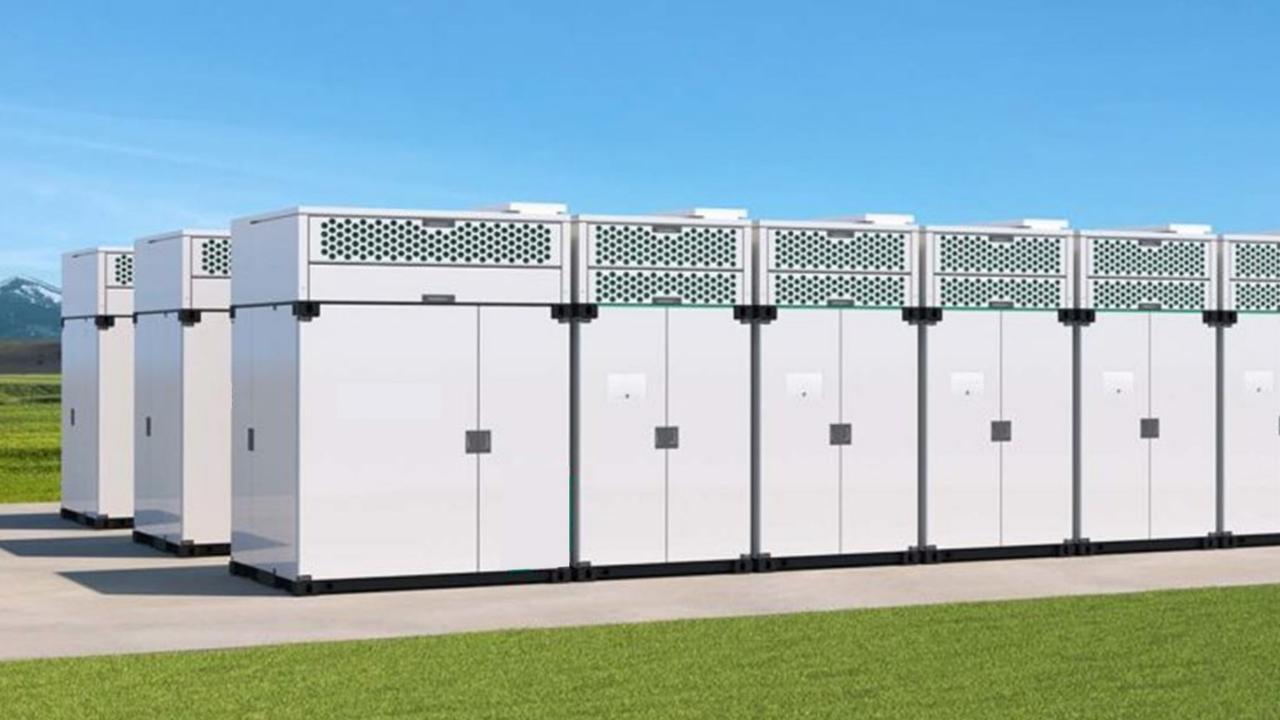Rate rise was a shock to many but not acting on inflation would be much worse, says Philip Lowe
Financial markets had mostly abandoned expectations of further rate rises in Australia after the recent banking crisis in the US and Europe, as well as the RBA’s decision to pause in April.
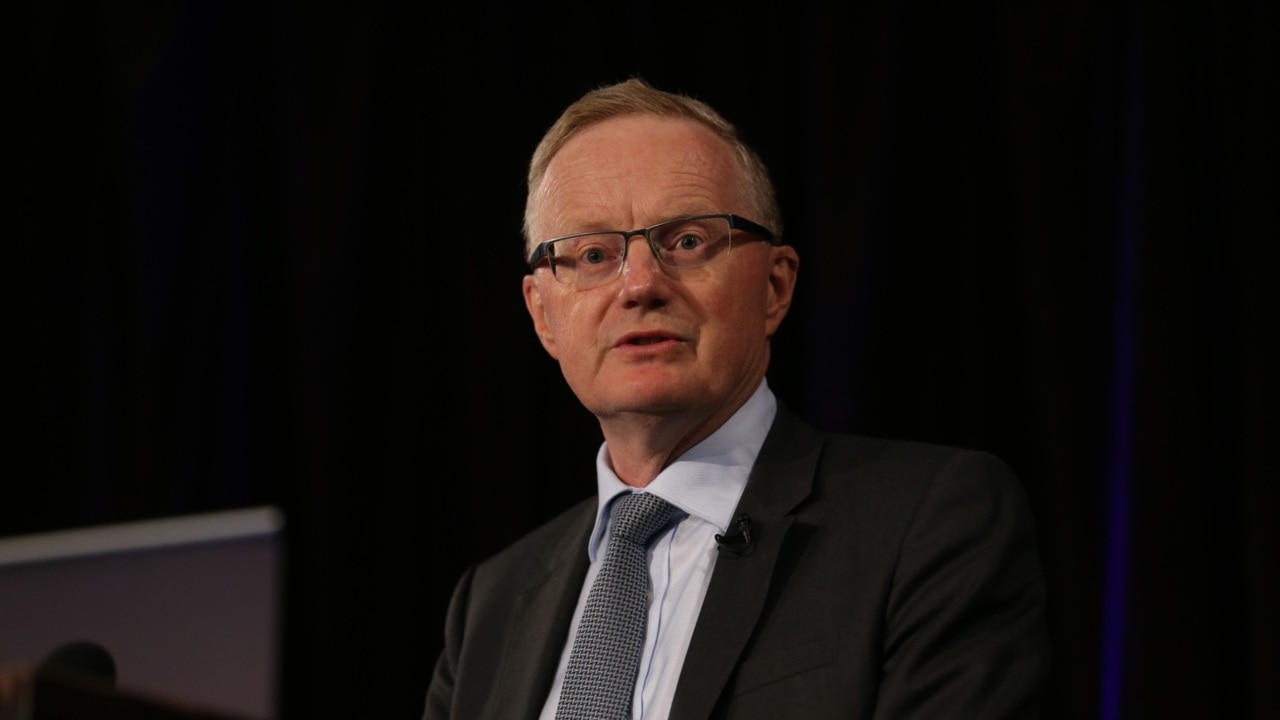
Business
Don't miss out on the headlines from Business. Followed categories will be added to My News.
A shock decision by the Reserve Bank to restart interest rate rises after a one-month pause was driven by a heightened focus on the upside risks for inflation as well as a new push by the central bank to return inflation to its target band in a reasonable time frame.
At the RBA board dinner in Perth, governor Philip Lowe noted that the bank’s central objective was to return inflation to its 2 to 3 per cent target band “within a reasonable time frame”.
“I know that higher interest rates are unwelcome for many people, but the alternative is persistent high inflation and ultimately even higher interest rates and a worse outlook for jobs,” Dr Lowe said.
The decision comes after an independent review of the RBA said it should “aim for the midpoint of the inflation target in order to maximise the chance that the target is met and best anchor inflation”.
Dr Lowe said the decision to hold the cash rate steady in April, after 10 consecutive increases, was made to “provide us with more time to assess the pulse of the economy and the outlook”.
But since then, the Bank had observed further evidence that the jobs market was “still very tight”.
Services price inflation was “proving to be uncomfortably persistent abroad”.
Asset prices – including the exchange rate and housing prices – were “responding to changes in the interest rate outlook”, Dr Lowe said.
Financial markets had mostly abandoned expectations of further rate hikes in Australia after the recent banking crisis in the US and Europe, as well as the RBA’s decision to pause in April.
Before Tuesday’s meeting, market pricing implied only a slight chance of a rate rise this month.
A 25 basis point cut was expected by August 2024 and 50 basis points of cuts expected by the end of 2024. A Bloomberg survey of economists found that 70 per cent expected no change on Tuesday.
But while the March quarter CPI data confirmed that inflation had peaked, it didn’t change the RBA’s view that it would be “some time yet before inflation is back in the target range”, Dr Lowe said.
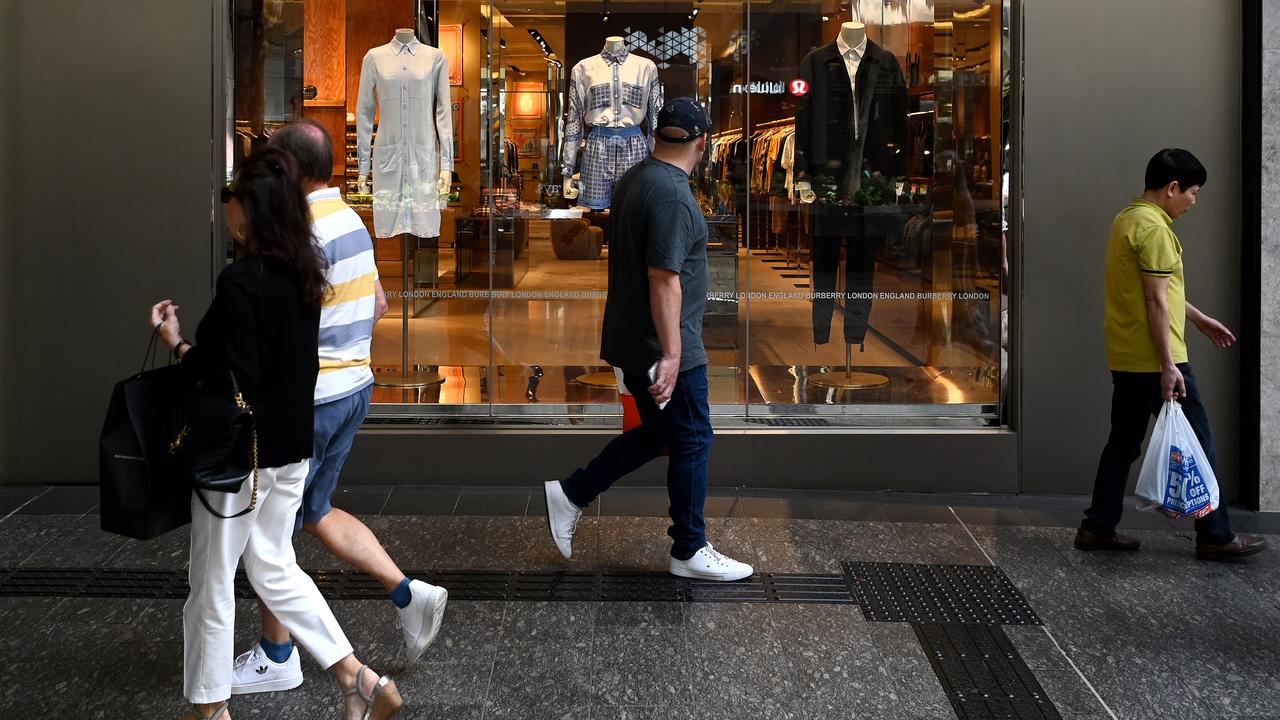
Slowing prices for goods was “good news”, but services and energy price inflation was “still high and likely to remain so for some time,” he said.
Moreover, in overseas nations the RBA saw “worryingly persistent services price inflation”.
“It is possible that circumstances might be different here in Australia, but the experience abroad points to an upside risk, especially given the high degree of commonality across countries in inflation dynamics recently,” Dr Lowe said.
“Given this flow of data and our assessment of the outlook, the board judged that it was appropriate to increase interest rates again today.”
In a surprising twist, Dr Lowe said the RBA’s often-stated aim to keep the Australian economy on a “narrow path” to on-target inflation while keeping the economy “on an even keel” now meant it needed to lift interest rates again to ensure that inflation returned to target in a “reasonable period”.
The RBA governor first began talking about keeping the economy on a “narrow path” of lowering inflation while “keeping the economy on an even keel” last August – two months before the RBA downshifted to 25 basis point rate rises from a 50 basis points pace from June to September.
Since then, markets thought the concept of keeping the economy on a “narrow path” meant not raising interest rates so much that the economy strayed too far from full employment.
Dr Lowe said that in broad terms, the board was seeking to bring inflation down within a reasonable time frame while also preserving as many of the gains in the labour market as possible.
But while acknowledging “that we are travelling along a narrow path here”, he said it’s hard to lower inflation down while keeping the economy “on an even keel”. Policy makers “need to be realistic”.
“At present though, economic data provide some confidence that we are still on this narrow path and it is possible that we can stay on it,” he said.
But he warned that in order to keep the Australian economy on such a path, “Australians need to have confidence that inflation will come down and return to target”.
“If people think inflation is going to remain high then, understandably, they will adjust their behaviour,” he said.
“Firms will be more willing to put up their prices and workers will seek larger pay rises. If this adjustment in expectations were to happen, high inflation would become entrenched and the end result would be even higher interest rates and a poorer outlook for jobs.
“It is for these reasons that the board is resolute in its commitment to returning inflation to target within a reasonable time frame.”
While the RBA doesn’t need to lower inflation to its target straight away, it can’t take “too long”.
“We are taking a bit more time than some other countries, on the basis that doing so can preserve some of the gains in the labour market,” Dr Lowe said.
“But there is a limit here. If we take too long to get inflation back to target, expectations will adjust and life will become more difficult.”
He said Tuesday’s rate increase would “help with the return of inflation to target in a reasonable period” and that “this is the best way of sustaining as many of the gains in employment as is possible”.
In his post-meeting statement, Dr Lowe said “some further tightening of monetary policy may be required to ensure that inflation returns to target in a reasonable time frame, but that will depend upon how the economy and inflation evolve”.
He said the RBA would continue to pay close attention to developments in the global economy, trends in household spending and the outlook for inflation and the labour market.
“The board remains resolute in its determination to return inflation to target and will do what is necessary to achieve that,” he said.
Originally published as Rate rise was a shock to many but not acting on inflation would be much worse, says Philip Lowe


